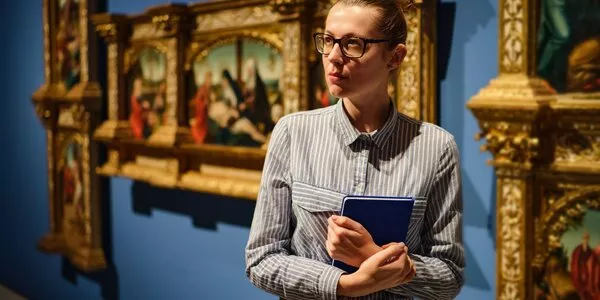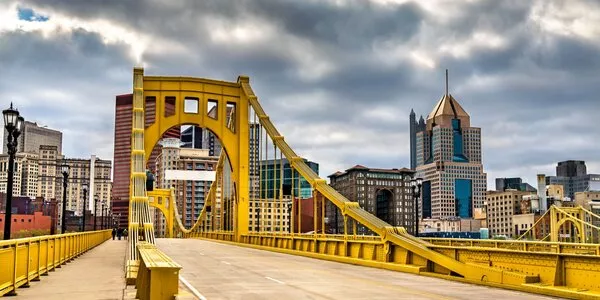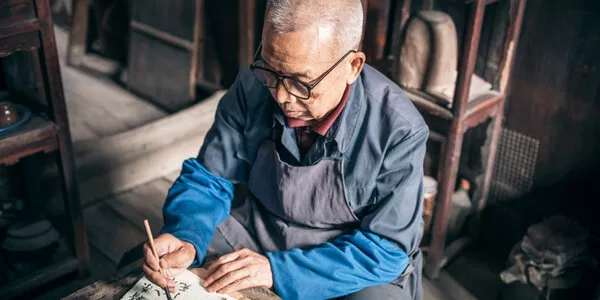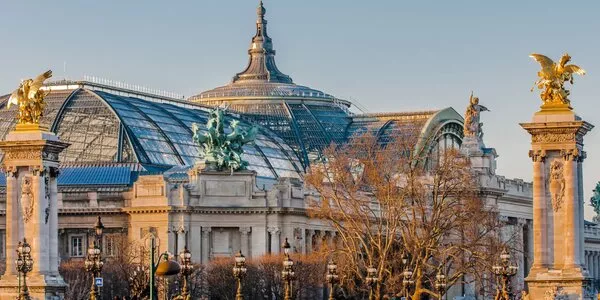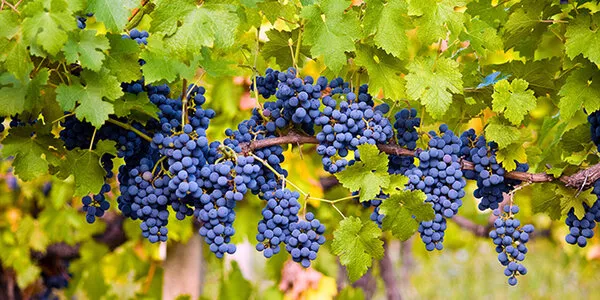
Switzerland against the current

Bathing on the go
Water is an intrinsic part of life for all Helvetians, even for die-hard urbanites. In several large cities, it is still customary to have a dip in the rivers that run through them during the summer.
Like the Bernese along the River Aar, the favourite game of the people of Basel is to jump in the Rhine and let themselves be carried along by the current, from the beach below the Tinguely museum to the bridge of the Three Roses - Dreirosenbrücke. Equipped with their Wickelfisch, “The curled up fish”, a colourful waterproof swimming bag in which clothes and towels are stowed, the swimmers float along a two-kilometre stretch under several bridges. A truly original way to admire the historic city centre. In Zurich, one does not let oneself, drift along in the current, but one immerses ourself, basking in it. The Badis [Baths] consist of elegant wooden constructions dating from the 19th century. This is also the case on the banks of the Limmat, which supplies the city. The Frauenbad Stadthausquai is reserved for women and, the Schanzengraben Freibad is reserved for men only. On the shores of Lake Zurich, can be found the Seebad Utoquai, the municipal swimming pool. In Geneva, at the end of the Eaux-Vives jetty, it is not the expanse of the lake that takes priority, but the water fountain, a municipal emblem that few know the actual history of. This water jet is actually a “valve” invented at the end of the 19th century by engineers, designed to release the excess pressure caused by their machines stopping each evening.
A few years later, the town hall decided to make it a tourist attraction. In 1891 it was originally 30 metres high, and by 1951 it had increased to 140 metres high, its current size.
Experience peace at the foot of the glaciers
It is obviously in the midst of nature that the liquid element of life expresses its power and beauty most fully. And this is certainly true regardless of the altitude: from the very bowels of the Earth, like the underground lake of Saint-Léonard nestled under the hill of Châtelard, between Sierre and Sion, to the highest alpine peaks, which watch over many majestic glaciers.
In the mountains, when the glacial temperatures freeze the landscape, water rarely flows. Half a century ago, Switzerland had more than 2,100 glaciers. Yet as global warming continues, a third have since disappeared. “Over the past decade, with the growing awareness of the rapid melting of glaciers, interest in hiking there has actually increased”, admits Peter Stucky, mountain guide on the Great Aletsch Glacier.
This “monument”, the largest in the Alps, stretches over 23 kilometres between vertiginous rock walls and eternal snow peaks. Truly a colossus – 900 metres thick, 27 billion tonnes of ice – yet with seeming feet of clay, because since 1879, its “tongue” has retreated by more than three kilometres. “I have always lived in Bettmeralp, a town that runs along the lower part of the glacier”, says the guide. “Like a sleeping and invincible giant, it has been etched in my memory since childhood. Today, I still see it as enormous and imposing, but at the same time, fragile and vulnerable. Through my regular races, I have witnessed sometimes dramatic changes to it due to global warming. Still, rambling with crampons over the colossal glacier is still captivating.” Through this labyrinth of crevasses, one dives into a truly unique world. “The different colours of ice are an unforgettable experience”, says Peter Stucky.
“The glacier is like a living landscape, with its rivers and moraines. Once you set foot on it, you feel quite tiny in comparison in such a grandiose setting.”

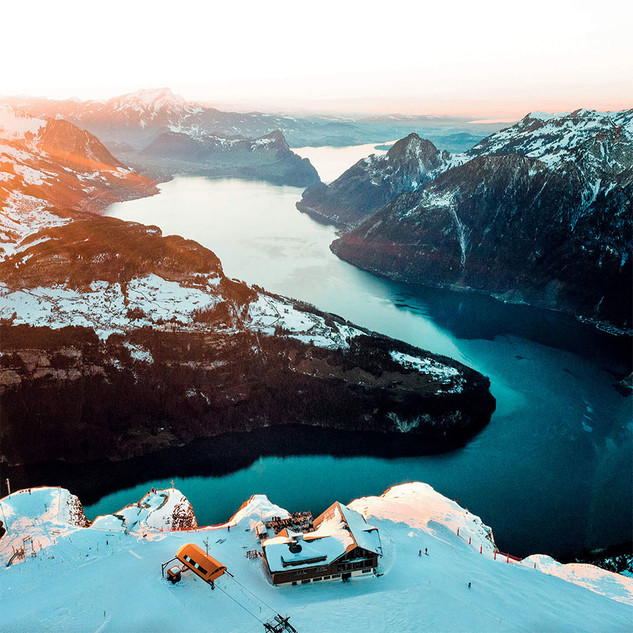

View of the Rhône from the Goms Bridge, a 92-metre high suspension bridge. A breathtaking view over the tops of hundred-year-old trees.
Lake Lucerne can be admired from the top of Fronalpstock, with hiking trails and breathtaking panoramic views.
Aletsh Glacier Cave, a hike along the rugged edges that is well worth experiencing.
Mysterious wealth
In the Saint-Gothard massif are found the sources of several European rivers, like the Rhine and the Rhône. On the Ticino side, perched at an altitude of nearly 2,000 metres, lies the Val Piora, whose “main scientific attraction is its hydrological wealth”, underlines microbiologist Raffaele Peduzzi, president of the Piora Alpine Biology Centre. “With 21 lakes, 28 ponds, 14 swamps and 58 rivers, it is one of the ‘cradles’ of limnology (the study of fresh water, Editor’s note).” The star of the site is none other than the small lake of Cadagno and, even more, its “mystery”: ten times more fish are caught there than in its Alpine neighbours. Raffaele Peduzzi and his colleagues may have solved the enigma: a rare phenomenon called “meromicticity”.
The lake is made up of three “strata” that do not mix: the thick middle layer, made of purple bacteria, separates the clear waters of the surface from those of the depths, that are rich in mineral salts from the lake-bottom, thus preventing any mixing. Nourished by the lower stratum, the bacteria are a food source for various organisms which trout and arctic char are in turn especially fond of.
The Bisses, a family legacy
Even for a country as rich in water resources as Switzerland, global warming is a problem. In Valais, the driest canton in the country, a spectacular gravity irrigation network has existed since the Middle Ages: the “bisses”; wooden canals that carry precious water from the mountains to the fields and to water the animals. As an organic farmer in Naters, Franziska Schmid, and her father Martin, cultivate 18 sloping hectares and raise black-nosed sheep and black-necked goats. “About three quarters of our land is irrigated by the bisses.
We use three main lines, which cover about two kilometres and originate high up on the glacier”, she says. “The bisses technique has been passed down in families for generations. I acquired my knowledge through my father who himself learned it from my grandfather. One day, it will be my turn to pass this legacy on to a new generation.” In the spring, cleaning the canals is a must. “Without irrigation, the land would dry out, especially on sunny slopes. Disadvantages? A wide variety of flora could disappear and the pastures could no longer be used for the production of fodder. In addition, the risk of fire and landslides would increase.
In short, without water, there is no life,” says Franziska Schmid. More than 600 bisses are currently listed in the Valais, the longest of which is no less than 14 kilometres long. This legacy has been designated “Landscape of the Year 2020” by the Swiss Foundation for the Protection and Planning of the Natural Landscape.



Sunrise over Lake Silvaplana.
Near the Great Path of Val Verzasca, the river is an essential place for swimming and relaxation for all Helvetians.
Lake Cresta, a location privileged for relaxing and swimming. And why not rent out a boat if you fancy it.
Literary escapes
Grandiose is an entirely appropriate term to describe the many waterfalls to be found across Switzerland. The roaring falls of Reichenbach, in the Bernese Oberland, over 250 metres high over seven sections, were used as a backdrop by Arthur Conan Doyle in his story The Final Problem.
In it, his favourite character, Sherlock Holmes, stages his own death by disappearing into the foam of the falls. At 300 metres from the bottom, the Staubbach waterfall, in the valley of Lauterbrunnen, may also have inspired Goethe’s poem Gesang der Geister über den Wassern (“Song of the Spirits above the Waters”) in 1779.
One of the many waterfalls in the country. Here, the Thur waterfall is impressively beautiful.
Enjoying the views as far as the eye can see
Daughter of a captain and herself captain of the LNM, the Navigation Company of the lakes of Neuchâtel and Morat, Corinne Stauffer has also made a life from navigating the lakes: “I grew up on the shores of Lake Biel, so water has always been part of my life and I naturally chose to make it my job”, she says.
Her father once invited her aboard his boat to make up for the absence of a sommelier. The experience amazed her: “That same evening, I knew I wanted to make a career out on the water.” On board the M/S Ville d’Yverdon– 50 metres long, 560 passengers – when she sails in the middle of Lake Murten, she never tires of admiring “the view of Mont Vully covered with vineyards and, in autumn, the wonderful sunsets.” But her favourite cruise is still “the Trois-Lacs race which, as its name suggests, starts from Lake Murten, crosses the Broye canal to reach Lake Neuchâtel, then crosses the Thielle canal to finally come out on Lake Biel”, she explains.
Jean-Jacques Rousseau undoubtedly appreciated these famous sunsets when he stayed on Lake Biel, on the peninsula “island” of Saint-Pierre in the autumn of 1765. In Musings of the Solitary Walker which he wrote later, shortly before his death, he sketches out a eulogy of this location: “When evening approached, I would descend the peaks of the Isle and I would gladly go and sit by the lake on the shore in some hidden retreat. There the sound of the waves and the agitation of the water fixed my senses, chasing from my soul any other agitation, before plunging it into a delicious reverie whence the night often surprised me without my noticing it (…).”
An expression of pure happiness if ever there was one.
5 activities in which to immerse yourself in switzerland
Walk on a glacier
Equipped with crampons and accompanied by a certified guide, it is possible to ramble across the great Aletsch Glacier.
Aletsch Arena, Furkastrasse 39, 3983 Mörel-Filet, Switzerland.
Info. +41 27 928 58 58
or aletscharena.ch.
Follow the “bisses”
The Baltschieder valley, in the heart of the Valais canton, offers a wide choice of hikes along
the bisses. One of them, circular, starting from the village of Ausserberg, covers 15.6 kilometres, with a vertical drop of 580 metres.
Duration: 4 hours 45 minutes.
Info. valais.ch/fr/activites/randonnee/bisses.
Go to the source
To discover the source of the Rhine and Rhone rivers, as well as the Reuss and Ticino rivers, simply follow the “path of the four sources”– Andermatt / Oberalppass / Furkapass / Belvedere –over 81 kilometres in five stages, with a vertical drop of 4,600 m, with magnificent views of the Gries and Rhône glaciers.
Info. schweizmobil.ch/fr/suisse-a-pied/itineraires/route-049.html.
Sail on a lake
In Switzerland, 16 paddle steamers dating from 1895 to 1928 are still in operation.
Built in 1912, theD/s Neuchâtel was put back into service in 2014, on three lakes (Morat, Neuchâtel, Bienne).
LNM, port of Neuchâtel, 2001 Neuchâtel.
Info. +41 32 729 96 00 or navig.ch.
Make a retreat
On Lake Biel, the former convent founded in 1127 on the Île Saint-Pierre – closed to automobile traffic – and in which Jean-Jacques Rousseau stayed, has been transformed into a chic hotel-restaurant with 13 rooms.
Klosterhotel St. Petersinsel, Heidenweg 26, 3235 Erlach.
Info. +41 32 338 11 14 or st-peterinsel.ch.
